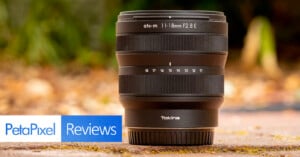
Tokina 11-18mm f/2.8 ATX-M Review: Strong Optics, Delicate Lens
Wide-angle zoom lenses with fast apertures are few and far between when it comes to Sony APS-C cameras. The Tokina 11-18mm f/2.8 ATX-M takes its shot in this overlooked class.

Wide-angle zoom lenses with fast apertures are few and far between when it comes to Sony APS-C cameras. The Tokina 11-18mm f/2.8 ATX-M takes its shot in this overlooked class.
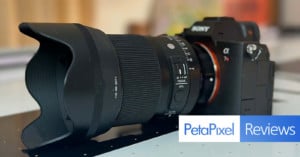
Sigma’s 50mm f/1.4 DG DN Art takes its place as the latest lens in Sigma’s venerable high-end lens line and is a welcome addition thanks to excellent performance and a low cost of entry.
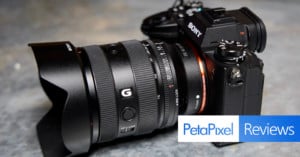
As the mirrorless camera market hits its stride and companies have caught up on their typical prime and zoom lens offerings, we see new offerings in non-traditional focal lengths. I can’t remember writing the words “all-in-one” in my decades in the tech press world as I have in the last year.

Tamron has made a name for itself by releasing a series of unique and nontraditional zoom lenses like the 28-75mm, 17-28mm, 70-180mm, and the renewed classic (for mirrorless) 70-300mm f/4.5-6.3 Di III RXD. The new version of the lens for Nikon Z (or Sony E) brings a bit of comfort and nostalgia back to the hands of any telephoto shooter.

The Meyer Optik Görlitz 35mm f/2.8 Trioplan II is a unique lens that performs its best when the bokeh is specifically integrated into a shot and not just a coincidence of the defocus area. That means it's not for everyone, but it has its place.

Hot off of the heels of the 90mm f/2.8 2x Macro APO lens, Venus Optics has released another Laowa macro lens for mirrorless cameras in the 58mm f/2.8 2x Ultra Macro APO, which is arguably more versatile and therefore more appealing to general shooters.

Venus Optics has continued to expand on an already extensive list of ultra-wide-angle lenses with the addition of the Laowa 12-24mm f/5.6 C-Dreamer for full-frame mirrorless systems. Where many ultra-wide lenses can be big, bulky, and incredibly pricey, this new "slow" lens becomes even more impressive with its relatively small $649 price.
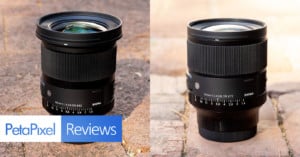
Sigma's two newly introduced wide-angle lenses are going to impress a lot of people with their large apertures and reasonable prices.
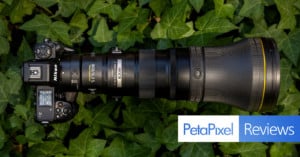
The Nikon Z 800mm f/6.3 VR S is an anomaly: lens with this kind of focal length and aperture shouldn’t be so easy to use and inexpensive. So, what’s the catch?
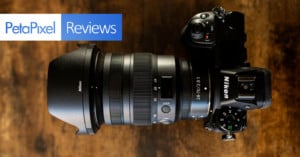
When the Z mirrorless system was first announced, Nikon swore to deliver lenses with far superior image quality and optical characteristics when compared to the DSLR F-mount siblings, and it all started with the Nikon Z 24-70mm f/2.8 S lens. Despite how good the f/4 "kit" version performed compared to the F-mount version, the $2,295 24-70mm f/2.8 S lens might be one of the best 24-70mm lenses ever made.
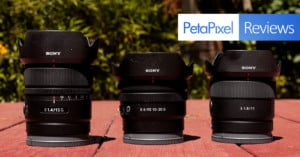
The year is 2022 and it’s apparently APS-C’s time to shine. With Canon showing off what they’ve cooked up and Fujifilm making a big announcement of their own, today Sony is bringing out three more wide-angle APS-C lens options: 10-20mm f/4 PZ, 15mm f/1.4, and 11mm f/1.8.
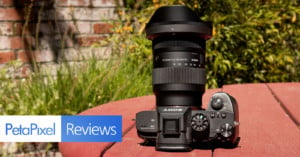
This Sigma 16-28mm DG DN Contemporary is the latest addition to the pile of really darn good lenses that don’t cost thousands of dollars.

The updated mirrorless version of the legendary ultra-wide 14-24mm f/2.8 lens lives up to its F-mount predecessor and then some. It offers incredible performance, a sturdy and stylish build, impressive image quality, and it comes with its own screw-in filter attachment lens hood.
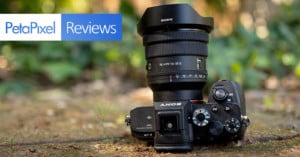
Now 66 E-mount lenses in, Sony is reworking more of its popular focal lengths and modernizing them with the latest standards. The new Sony PZ 16-35mm f/4 G takes a classic and gives it new life.

The Nikon Z 28-75mm f/2.8 lens gives shooters a focal range close to the ever-popular 24-70mm f/2.8 S but with slightly fewer features for about half of the price, making it an incredibly attractive option for photographers at every level.
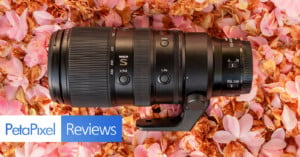
Currently, the longest-reaching telephoto zoom lens in the Nikon Z-mount system, the Nikkor 100-400mm f/4.5-5.6 VR S faces a lot of eager potential customers who are going to balance its longer focal length with overall size and cost. I can’t say it will disappoint.
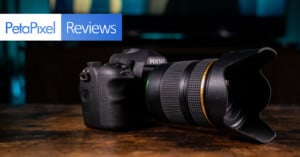
Last year, Ricoh Imaging released the Pentax K-3 Mark III, which proved to be an excellent (yet expensive) DSLR. Ricoh says the Pentax-DA* 16-50mm f/2.8 ED PLM AW is the "ultimate general professional-grade zoom lens" for APS-C DSLR systems like the K-3 Mark III, and I have to say it lives up to that.
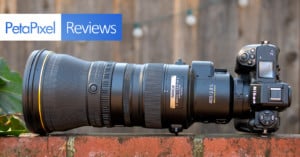
The full-frame Nikon Z 400mm f/2.8 TC VR S has many long-lens photographers excited about being the last piece of glass they’ll ever need to buy. With a built-in 1.4x teleconverter effectively replacing the need for a 500mm or 600mm f/4 and state-of-the-art optics from Nikon, there’s potential to be something truly special.

Sigma has sneakily been releasing a number of compact, wide-aperture lenses designed for mirrorless cameras. Already on the company's seventh addition to the “I” series, the new 20mm f/2 DG DN is now the widest of its kind yet.
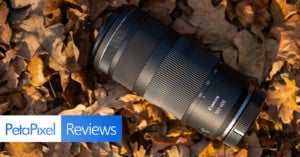
In photography, the “cutting edge” doesn’t always happen with the most expensive gear; the ability to produce a quality lens at a price lower than ever is just as innovative. Canon’s RF 100-400mm f/5.6-8 IS USM is my case in point.

If you have been searching for an ultra-wide lens for the Pentax system recently, you likely will come across the $1,400 Pentax-D FA 21mm f/2.4 lens announced late last year. Whether or not you should buy it depends on how much you like Pentax.
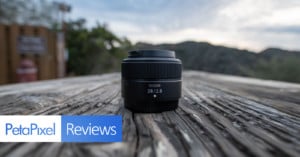
There has been a lot of chatter and excitement surrounding the Nikon Z 28mm f/2.8 lens when it was announced as a special pairing (along with a special version) with the Z fc camera. As one of the smallest and lightest lenses released for the Z mirrorless system that comes paired with one of the shorter focus distances, the $297 "pocket" lens packs a lot of punch in a tiny and affordable package.

The new Tamron 18-300mm f/3.5-6.3 Di III-A VC VXD for E-mount and X-mount is an all-in-one APS-C lens with the power of 16.6x zoom. These types of do-everything lenses have a tradition of being subpar, but Tamron may actually have what it takes to pull off a winner.
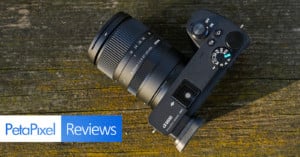
With Sigma's latest release, the company is going back to basics to deliver a standard wide-to-telephoto zoom lens for Sony E-mount and Leica L-mount crop-sensor cameras. Does it have any flash or is it nothing more than a simple kit lens?

Sony has built up its G Master series of premium lenses as being the pinnacle of lens design for their customers. So what happens when that lens design begins falling behind after five years on the market? Hit refresh.

Photographers really love wide-angle lenses. Photographers also really love fast apertures. What happens when you combine these two together? You get the Laowa Argus 35mm f/0.95 FF.

The RF 14-35mm f/4L IS USM is a brand new ultra-wide-angle zoom lens from Canon. Its impressive range of 14mm all the way to 35mm with a constant f/4 aperture in an L-series full-frame lens is a big deal, and we haven’t even gotten started.
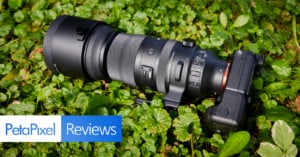
The long-awaited Sigma 150-600mm for mirrorless cameras has finally arrived. Available for Sony E-mount or Leica L-mount, does this redesigned super-telephoto zoom meet the expectations of real-world wildlife photographers?

Remember when lenses had character? Tokina remembers. Last year, it released the SZX 400mm f/8 reflex lens which oozes personality that most modern lenses miss out on -- it's a tiny but mighty telephoto lens.

Until recently, if you were a Fujifilm X-Series camera owner, your options for fast prime lenses (f/1.4 or wider) were limited to (relatively) expensive options from Fujinon, or less expensive third-party manual focus lenses.